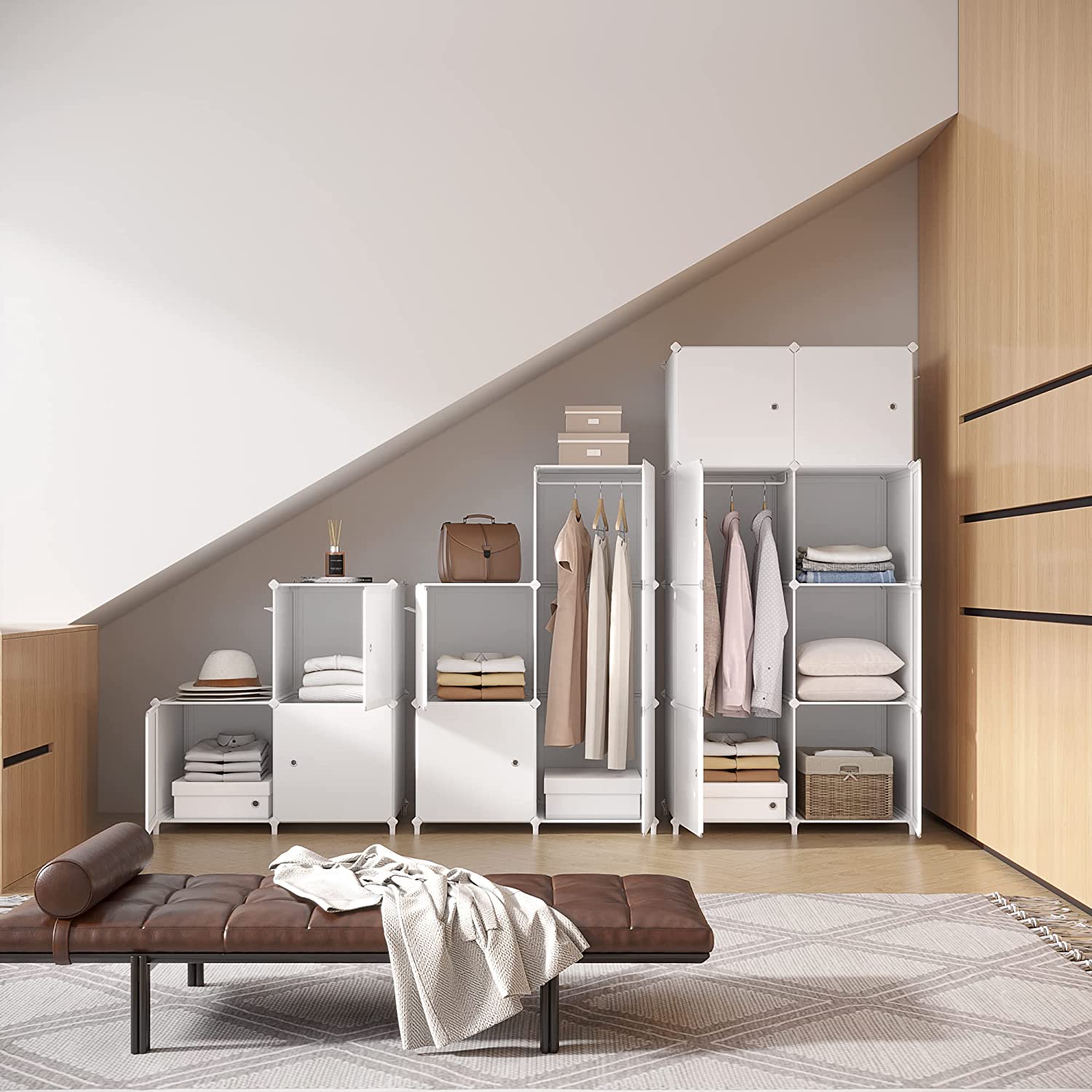

Articles
How To Clean Out Closet
Modified: January 20, 2024
Discover effective storage ideas to clean out your closet and create more space. Find practical solutions and organizational tips to optimize your storage space.
(Many of the links in this article redirect to a specific reviewed product. Your purchase of these products through affiliate links helps to generate commission for Storables.com, at no extra cost. Learn more)
Introduction
Welcome to the ultimate guide on how to clean out your closet! If you’ve been dealing with a cluttered and disorganized closet, don’t worry, you’re not alone. Many of us tend to accumulate clothes over time, and before we know it, our closets become filled with items we no longer wear or need. However, with a little dedication and some smart organizing techniques, you can transform your chaotic closet into a well-organized space that not only looks neat but also makes getting dressed a breeze.
In this article, we will take you through a step-by-step process for effectively cleaning out your closet. By following these simple yet effective tips, you’ll be able to declutter, organize, and maximize the space in your closet, making it a joy to use.
Whether you’re a fashion enthusiast looking to streamline your wardrobe or simply someone seeking a more functional and aesthetically pleasing closet, this guide has got you covered. So, let’s jump right in and get started on your journey toward a clean and clutter-free closet!
Key Takeaways:
- Transform your chaotic closet into a well-organized space by decluttering, categorizing, and utilizing smart storage solutions. Enjoy the benefits of a tidy and efficient wardrobe that makes getting dressed a breeze.
- Maintain a clutter-free closet by establishing a routine of regular maintenance, reevaluating your wardrobe, and experimenting with different organizational techniques. Enjoy the long-term benefits of a well-organized space.
Read more: How To Clean Out A Steamer
Step 1: Empty the closet
The first step in cleaning out your closet is to completely empty it. This might seem overwhelming at first, especially if you have a lot of clothing and accessories, but it is an essential step to assess what you have and start with a clean slate.
Start by removing all clothing items, shoes, accessories, and any other items that might be stored in your closet. Lay them out in a designated area, such as your bed or a large table, so you can see everything clearly. As you remove each item, take a moment to examine it and consider whether you still wear it, if it fits properly, and if it is in good condition.
If you haven’t worn an item in the past year or it no longer fits, it is likely time to let it go. Be honest with yourself and think about whether you truly need or love each piece. It can be helpful to set aside sentimental items or special occasion wear separately, as these may require different consideration.
Emptying your closet also provides an opportunity to clean the shelves, rods, and other storage areas. Dust and wipe down surfaces, vacuum the floor, and tackle any stains or marks left behind. This will ensure that your closet is clean and fresh before you start organizing your belongings.
Once your closet is empty and clean, take a moment to appreciate the blank canvas you have to work with. It’s time to move on to the next step and sort through your clothing items!
Step 2: Sort and categorize clothing items
Now that your closet is empty, it’s time to sort through your clothing items and categorize them. This step is crucial in determining which clothes you want to keep, donate, or discard.
Start by creating different categories for your clothing, such as tops, bottoms, dresses, outerwear, and accessories. You can also categorize them by seasons, such as summer, winter, or year-round items. This will help you easily locate and organize your clothes later on.
As you sort through each item, ask yourself the following questions:
- Do I love and wear this item regularly?
- Does it fit me properly?
- Is it still in good condition?
Honesty is key during this process. If an item no longer fits, is damaged beyond repair, or you simply haven’t worn it in a long time, it’s time to let it go. Consider donating these items to a local charity or giving them to friends or family who may have use for them.
Be thoughtful when evaluating sentimental items, such as clothes with sentimental value or gifts that hold meaning. Remember, you don’t have to keep everything, and you can capture the memories associated with these items in other ways, such as photographs or keepsakes.
As you sort through your clothes, make piles for items to keep, items to donate, and items to discard. Once you have categorized everything, take a moment to assess the amount of clothing you have in each category. This will help you gauge whether you need to downsize or if you have an excess of any particular item.
By taking the time to sort and categorize your clothing items, you’ll have a clearer understanding of what you own and be better equipped to make decisions about what to keep and what to part with. Now, let’s move on to the next step and declutter your closet!
Step 3: Declutter and get rid of unwanted items
Now that you have sorted and categorized your clothing items, it’s time to declutter and get rid of the unwanted items. Decluttering not only helps create a more organized closet but also makes it easier to find and access the clothes you love and actually wear.
Start by going through the pile of items you have designated to donate or discard. Carefully consider each item and ask yourself:
- Have I worn this item in the past year?
- Does it still fit me well?
- Is it in good condition and free from damage?
If the answer to any of these questions is “no,” it’s time to let go of the item. Remember, removing unnecessary items from your closet will free up space for the clothes you truly enjoy wearing.
For items in good condition that you no longer want, you can consider selling them online or hosting a yard sale. This gives them a chance to find new homes while also allowing you to generate some extra income.
When it comes to donating or discarding items, keep in mind that there are various ways you can responsibly dispose of unwanted clothing. Look for local charities, shelters, or donation centers where you can donate your gently used clothes. Additionally, check if your community has textile recycling programs that accept old or damaged clothing.
As you declutter, remember to be mindful of your emotional attachment to certain items. It’s okay to keep sentimental pieces or clothes that hold dear memories, as long as they’re not taking up excessive space in your closet. Consider designating a small box or drawer specifically for these sentimental items to keep them organized and separate from your everyday clothing.
By decluttering and getting rid of unwanted items, you’ll create a more streamlined closet that reflects your personal style and makes getting dressed a stress-free and enjoyable experience. Next, let’s move on to the next step and learn how to clean and organize your closet space.
Step 4: Clean and organize the closet space
With the decluttering process complete, it’s time to focus on cleaning and organizing the physical space of your closet. A clean and well-organized closet not only looks better but also helps you maintain the order and functionality of your wardrobe.
Start by giving the shelves, rods, and other surfaces in your closet a thorough cleaning. Dust and wipe down each surface to remove any dirt or debris that may have accumulated. Additionally, use a mild cleaning solution to tackle any stains or marks. This will ensure your closet is fresh and ready to be filled with your neatly organized items.
Next, consider the storage options that will work best for your needs. Invest in storage solutions such as hanging shelves, shoe racks, or storage bins to maximize the space in your closet. Utilize vertical space by installing hooks for accessories or hanging organizers for belts and scarves.
When organizing your clothes, there are several methods you can use depending on your preferences. You can group them by category (tops, bottoms, dresses, etc.), color, or even create a capsule wardrobe with your most frequently worn pieces. Organize them in a way that makes sense to you and will allow for easy access.
Consider using sturdy hangers for your clothing to keep them wrinkle-free and in good condition. Velvet or non-slip hangers can prevent clothes from slipping off and create a more streamlined appearance in your closet.
In addition to the main clothing section of your closet, think about utilizing any available space for accessories. Install hooks or hanging organizers to store purses, scarves, or hats. Use drawer dividers or small containers to keep jewelry and smaller items neatly arranged.
Remember, the key to maintaining an organized closet is to have a designated place for each item. Take the time to put things back in their proper place after use, and resist the urge to let things pile up and become disorganized again.
By cleaning and organizing your closet space, you’ll create a visually appealing and functional area to store your clothes and accessories. Now, let’s move on to the next step and learn how to arrange your clothing items by category or season.
When cleaning out your closet, start by taking everything out and sorting items into keep, donate, and discard piles. Be honest about what you actually wear and let go of items you haven’t used in a year.
Read more: How To Clean Out A Humidifier
Step 5: Arrange clothing by category or season
Now that you have cleaned and organized your closet, it’s time to arrange your clothing items in a way that makes them easy to find and access. There are various methods you can use to arrange your clothes, such as categorizing them by type or organizing them by season.
If you choose to categorize your clothes by type, start by grouping similar items together. For example, gather all your tops and hang them next to each other. Arrange them further by sleeve length or color if you prefer. Repeat this process with your bottoms, dresses, outerwear, and other categories of clothing.
Another option is to organize your clothes by season. This is especially useful if you have limited closet space or if you live in an area with distinct seasons. Keep the clothes that are currently in season easily accessible, while storing off-season items in bins or vacuum-sealed bags. When the seasons change, you can rotate your clothes accordingly.
While arranging your clothes, consider your daily routine and preferences. Place the items you wear most frequently within easy reach. If you have any special or formal occasion wear, you might want to keep them separate or in a designated section of your closet for easy access.
Don’t forget to fold and organize your folded items, such as sweaters, t-shirts, and jeans. Utilize shelf dividers to keep these items separate and prevent them from becoming a jumbled mess.
As you arrange your clothes, take a moment to assess the available space and make adjustments if necessary. If you find that you still have limited space, consider implementing space-saving techniques such as cascading hangers or utilizing the back of closet doors for additional storage.
By arranging your clothing items by category or season, you’ll have a clear and organized closet that makes getting dressed a breeze. Now, let’s move on to the next step and discover how to utilize storage solutions and maximize space in your closet.
Step 6: Utilize storage solutions and maximize space
Now that your clothes are neatly arranged, it’s time to focus on maximizing the space in your closet by utilizing storage solutions. By making use of clever organizational tools and techniques, you can make the most out of your available space and create an efficient and functional closet.
Consider investing in storage solutions such as hanging shelves, shoe racks, or modular storage systems. Hanging shelves are great for storing folded items or accessories, while shoe racks keep your footwear organized and easily accessible. Modular storage systems with adjustable shelves and drawers allow you to customize the space and accommodate different types of clothing and accessories.
Take advantage of vertical space by installing hooks or hanging organizers on the back of closet doors. These can be used to hang belts, scarves, or bags, freeing up space in the main storage area. Additionally, utilize the space underneath hanging clothes by installing a pull-out drawer system or adding bins or baskets to store items like socks, underwear, or pajamas.
Another effective way to maximize space is by utilizing cascading hangers for clothes such as trousers or skirts. These hangers allow you to hang multiple items vertically, creating additional room. You can also use slimline hangers to maximize hanging space and create a more uniform and visually pleasing look.
When it comes to storage containers, choose clear and stackable options whenever possible. This allows you to see what’s inside and easily access items without having to rummage through multiple bins. Label the containers to further enhance organization and make it easier to find specific items.
If your closet has high shelves or hard-to-reach areas, use a sturdy step stool or a small ladder to access them safely. This will ensure that every inch of your closet is utilized efficiently.
Remember to regularly assess your storage solutions and make adjustments as needed. As your wardrobe evolves, you may need to reevaluate the space you have and modify your organization methods to accommodate any changes in clothing or accessories.
By utilizing storage solutions and maximizing the available space in your closet, you’ll create a highly efficient and well-organized storage area for your clothes and accessories. Now, let’s move on to the final step and learn how to maintain and regularly clean out your closet for long-term organization.
Step 7: Maintain and regularly clean out the closet
Congratulations! You have successfully cleaned out and organized your closet. To ensure that it stays clutter-free and well-maintained in the long run, it’s important to establish a routine of regular maintenance and cleaning.
First and foremost, make it a habit to put clothes back in their designated places after each use. Resist the temptation to toss items onto a chair or leave them lying around. By practicing this simple step, you’ll prevent your closet from becoming disorganized again.
Set aside time every few months to reevaluate your wardrobe and do a mini decluttering session. Assess your clothing items and accessories, and ask yourself if they still serve a purpose in your life. Donate or discard items that no longer align with your style or lifestyle. Regularly reviewing your wardrobe helps to maintain a clutter-free space.
As seasons change, take the opportunity to rotate your clothes accordingly. Pack away off-season items in storage bins or vacuum-sealed bags to free up space for the current season’s wardrobe. This makes it easier to find and access the clothes you need, while keeping your closet uncluttered.
While maintaining your closet, be mindful of any signs of wear or damage. Inspect your hangers, shelves, and storage solutions for any signs of deterioration or instability. Replace or repair any items that are no longer functioning properly to ensure the longevity of your closet organization system.
Regularly dust and clean your closet surfaces to maintain a fresh and clean environment. Wipe down shelves and rods, vacuum the floor, and address any spills or stains promptly. This ongoing upkeep will help to keep your clothes and accessories in good condition.
Along with the physical maintenance, take time to periodically assess your storage solutions and organization methods. As your needs and preferences change, you may find that certain storage solutions need to be adjusted or replaced. Be open to experimenting with different organizational techniques and systems to find what works best for you.
Remember, organizing your closet is an ongoing process, and regular maintenance is key to keeping it functional and clutter-free. By incorporating these habits into your routine, you’ll ensure that your closet remains a well-organized space for years to come.
With Step 7 completed, you have now reached the end of our guide on how to clean out and organize your closet. By following these steps and implementing the tips provided, you have transformed your closet into a tidy and efficient space that makes getting dressed a breeze. Enjoy the benefits of a clutter-free and well-organized wardrobe!
Conclusion
Congratulations on successfully cleaning out and organizing your closet! By following the step-by-step guide outlined in this article, you have taken a significant step towards creating a clutter-free and functional space for your clothes and accessories.
Throughout the process, you learned the importance of emptying the closet and sorting through your items, decluttering and getting rid of unwanted pieces, cleaning and organizing the physical space of your closet, and arranging your clothes by category or season. You also discovered ways to utilize storage solutions and maximize space, as well as how to maintain your newly organized closet through regular cleaning and maintenance.
Remember that organizing your closet is an ongoing process. Regularly reassess your wardrobe, continue to declutter, and make adjustments as needed. By maintaining a consistent routine and staying mindful of your storage solutions, you can enjoy a well-organized closet for years to come.
A clean and organized closet not only saves you time and stress when getting dressed, but it also allows you to fully appreciate the clothes and accessories you own. You can now easily find what you need and make the most out of your wardrobe.
Now that you have the knowledge and tools to clean out and organize your closet, why stop there? Apply these principles to other areas of your home and life, and experience the benefits of living in an organized and clutter-free environment.
Thank you for taking the time to read this guide. We hope it has provided you with valuable insights and practical tips to transform your closet. Happy organizing!
Frequently Asked Questions about How To Clean Out Closet
Was this page helpful?
At Storables.com, we guarantee accurate and reliable information. Our content, validated by Expert Board Contributors, is crafted following stringent Editorial Policies. We're committed to providing you with well-researched, expert-backed insights for all your informational needs.

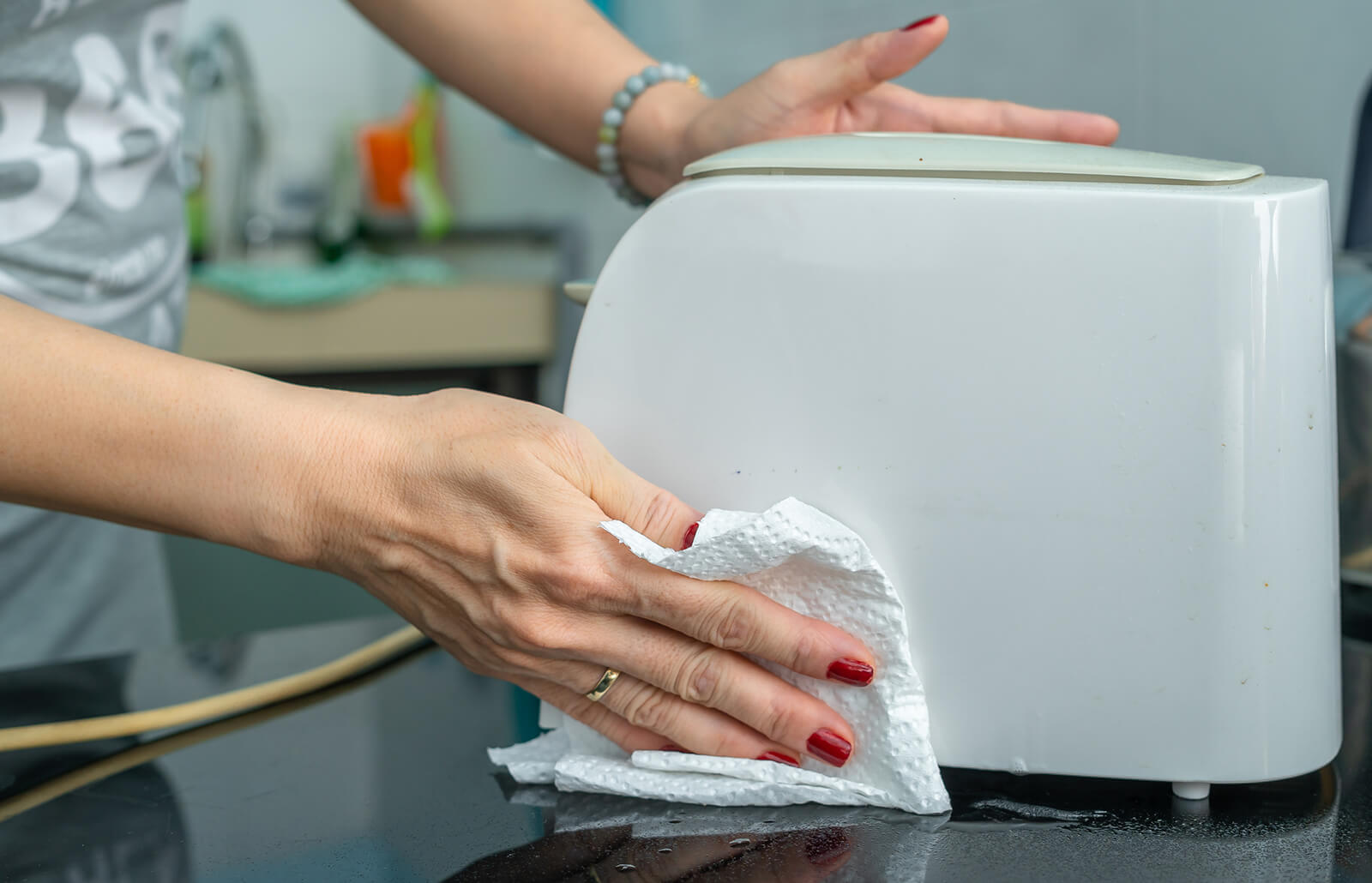

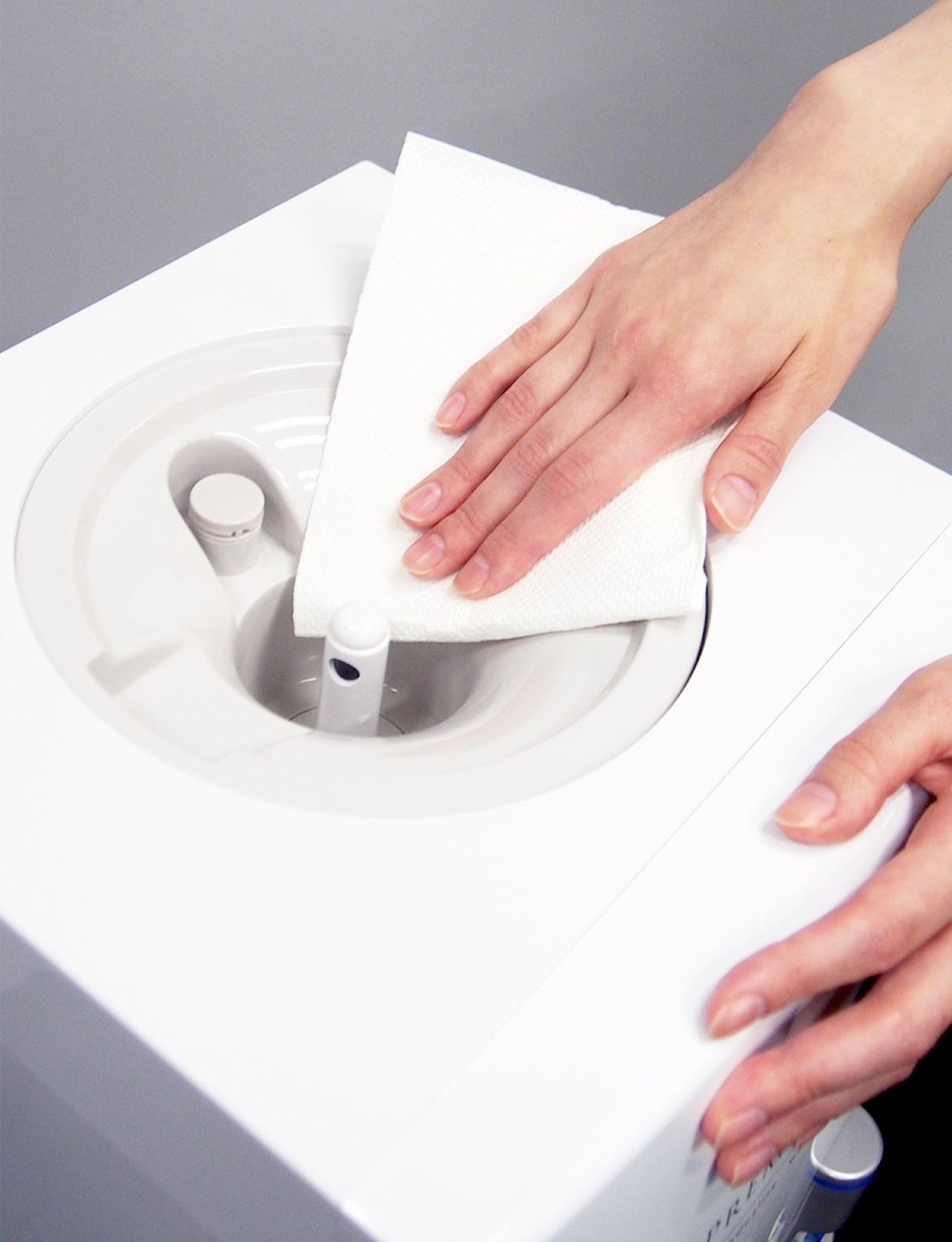



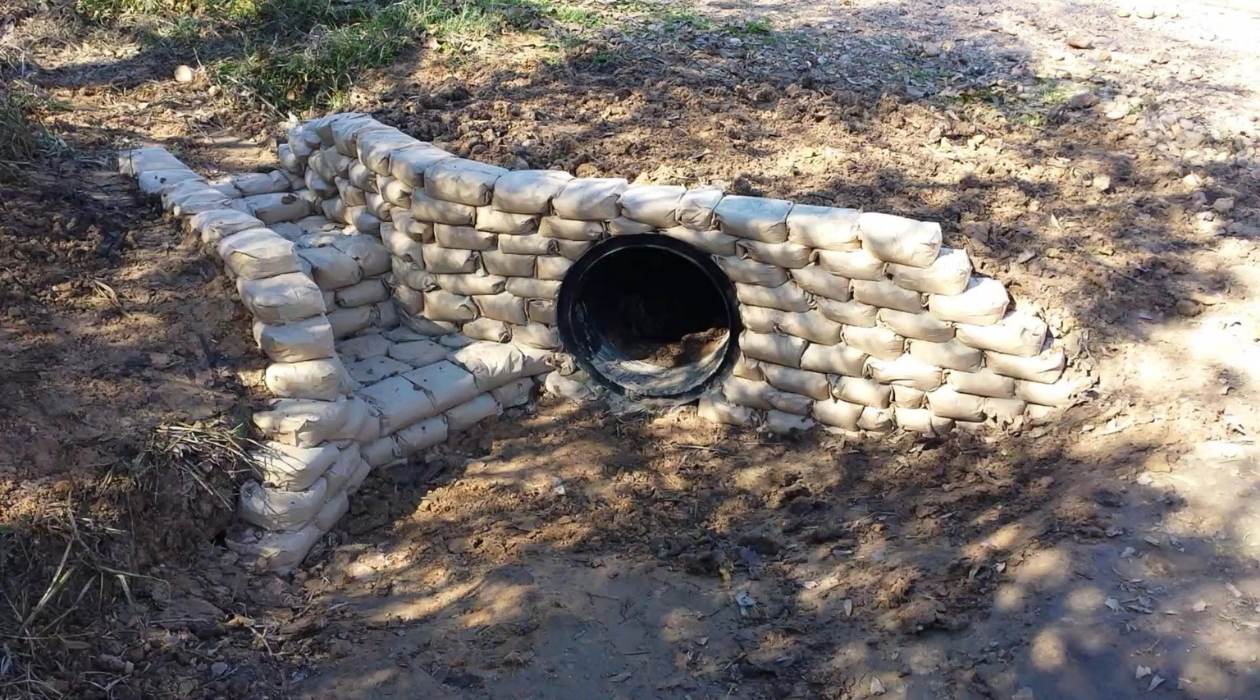
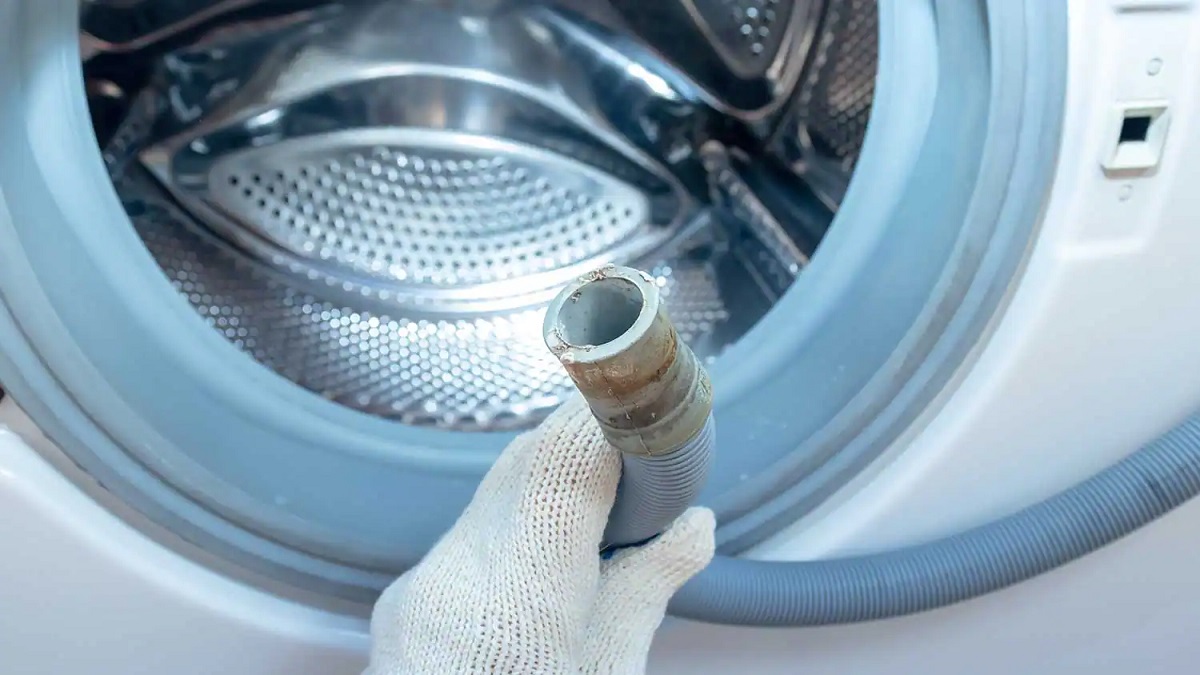
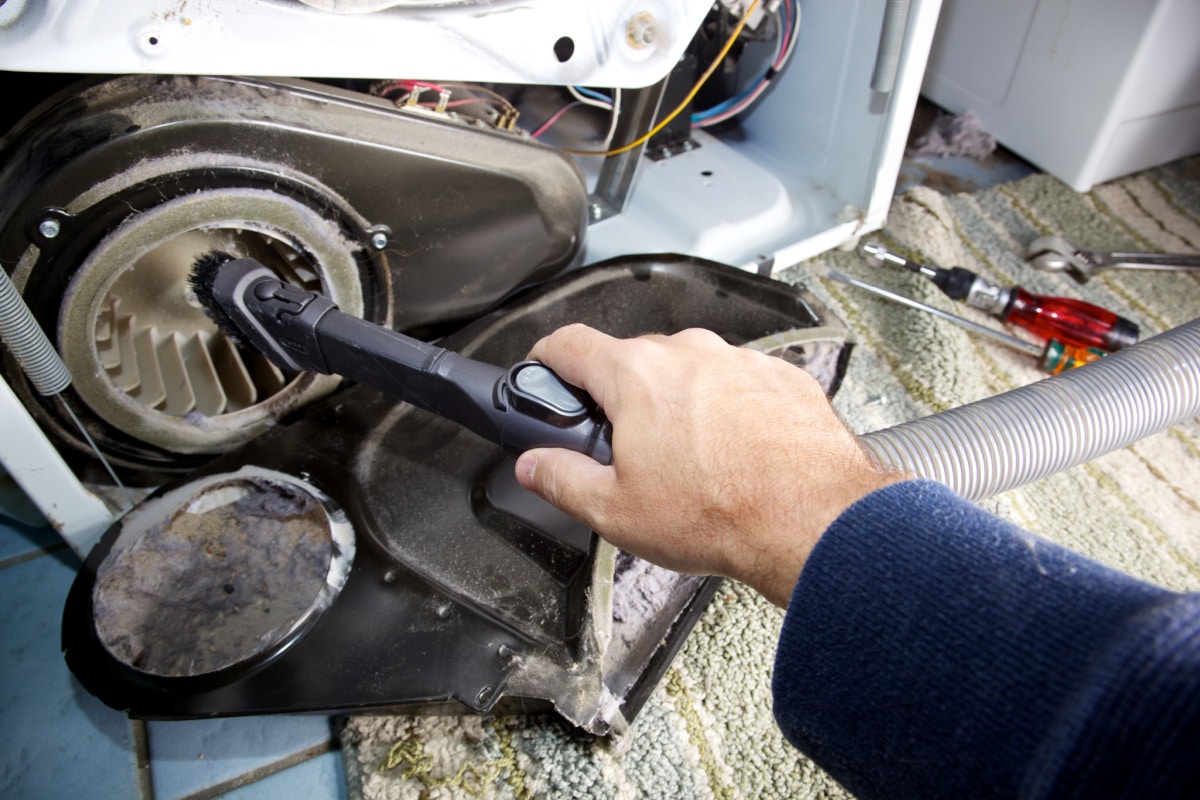
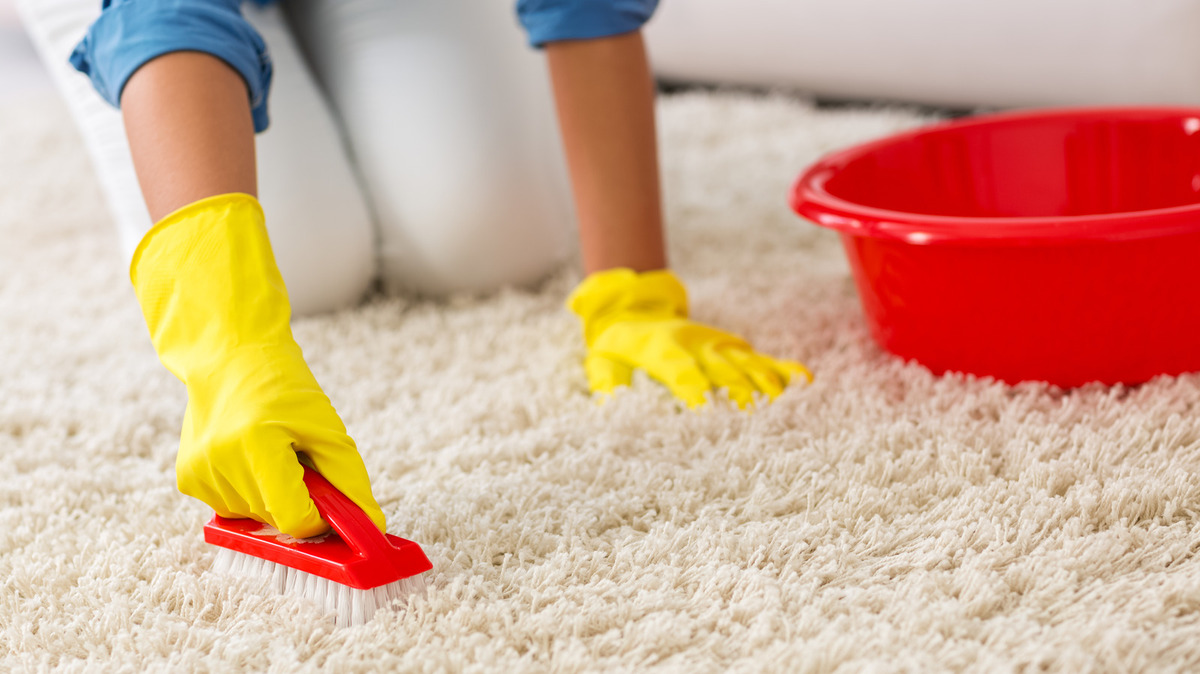
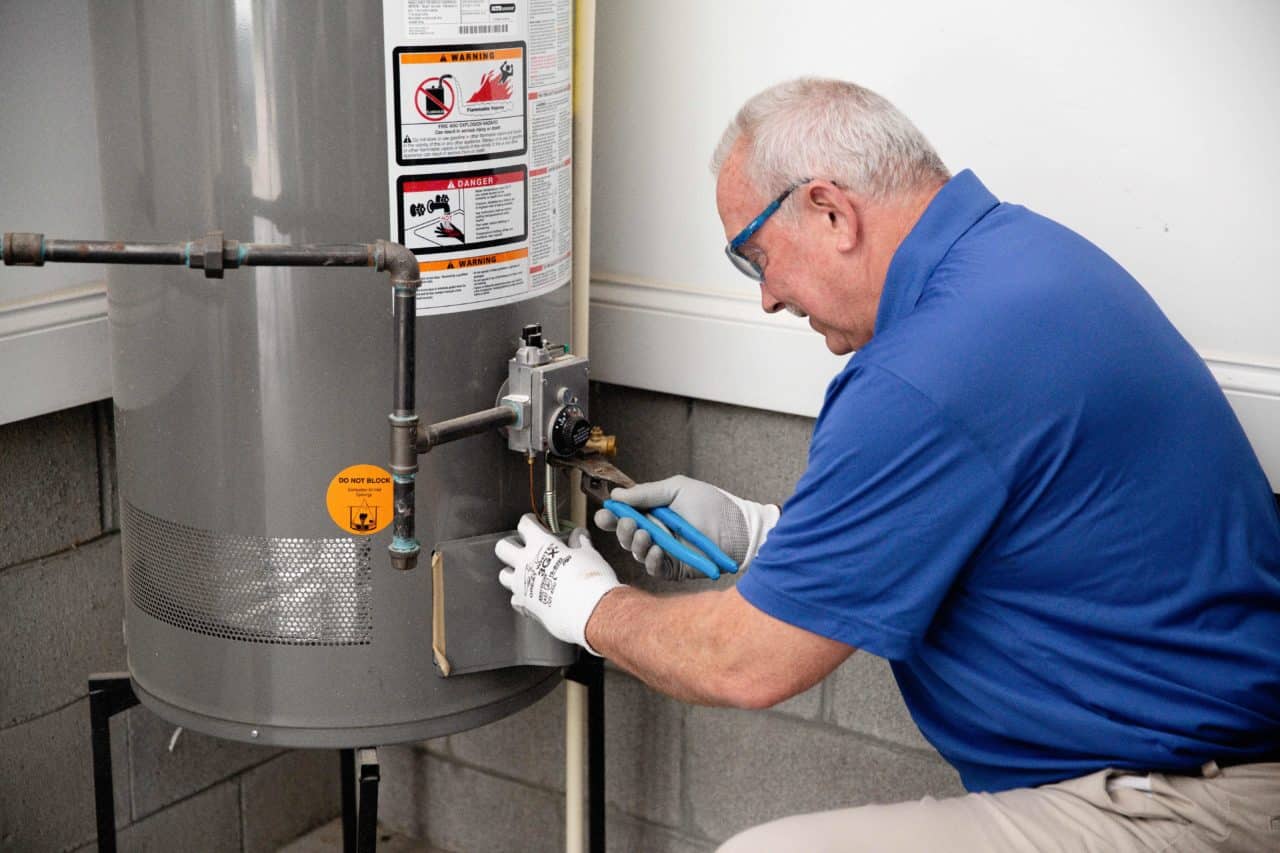
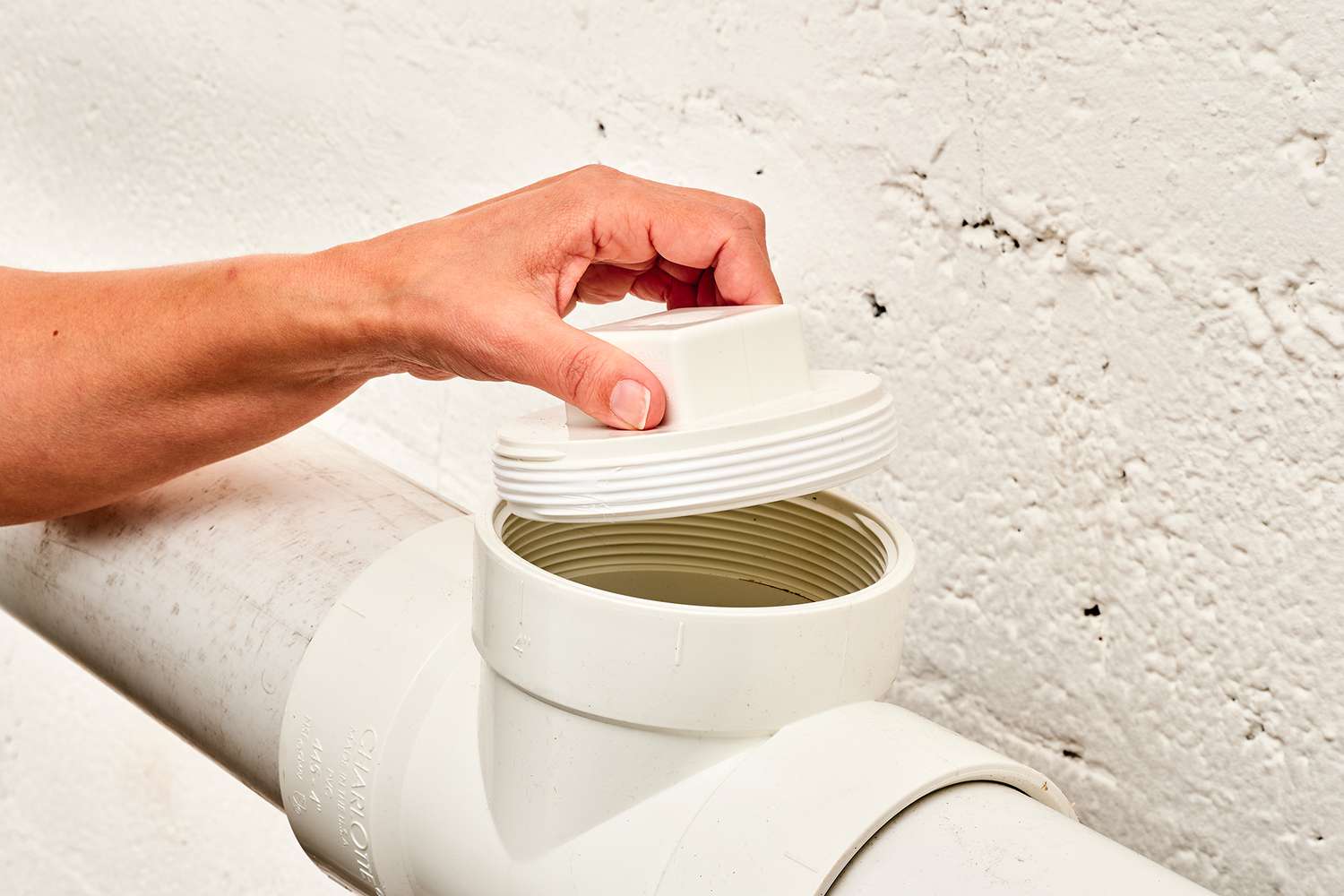
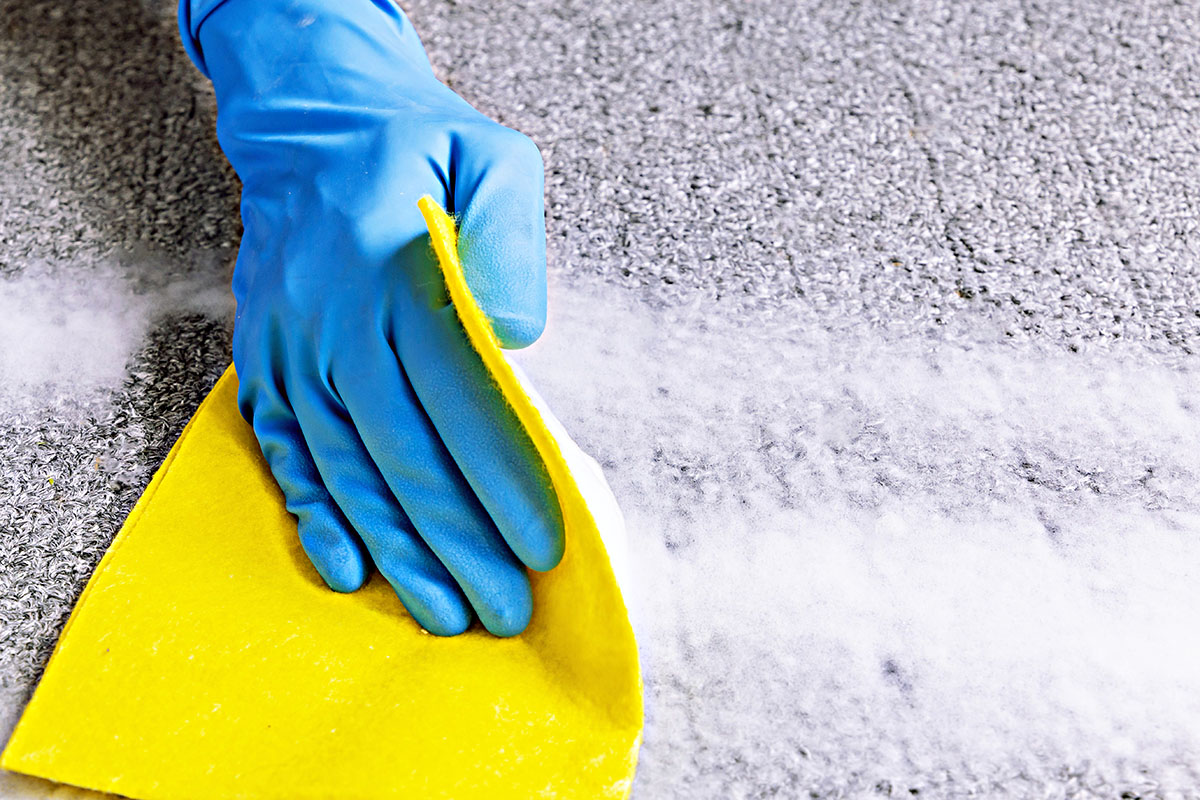

0 thoughts on “How To Clean Out Closet”